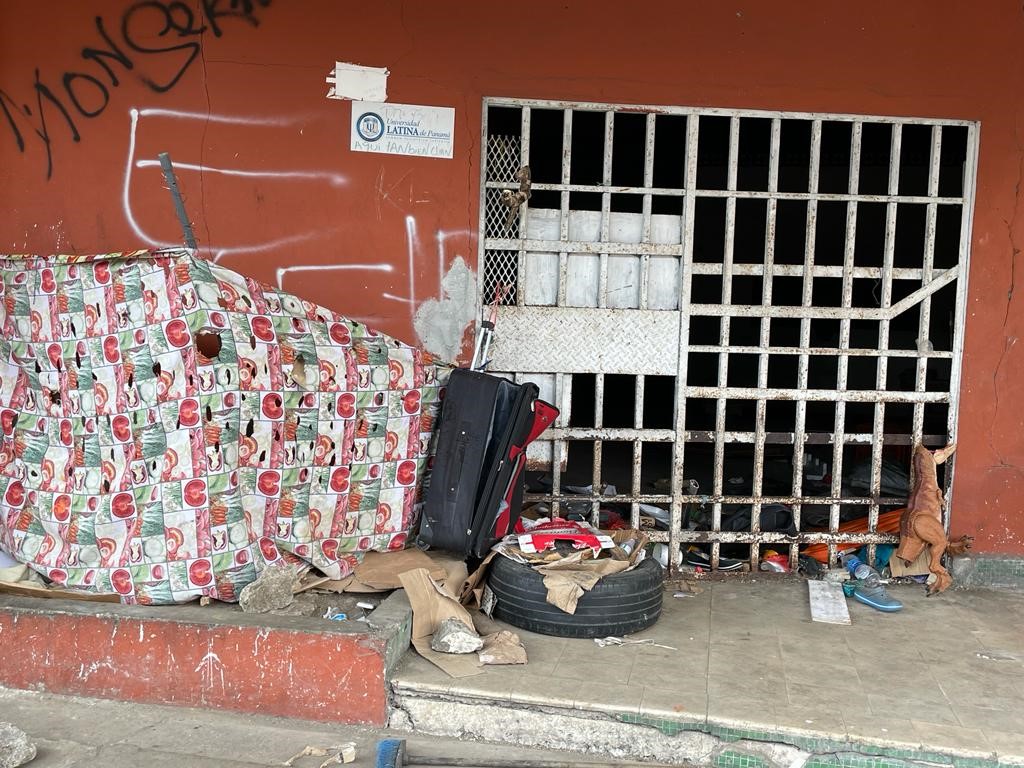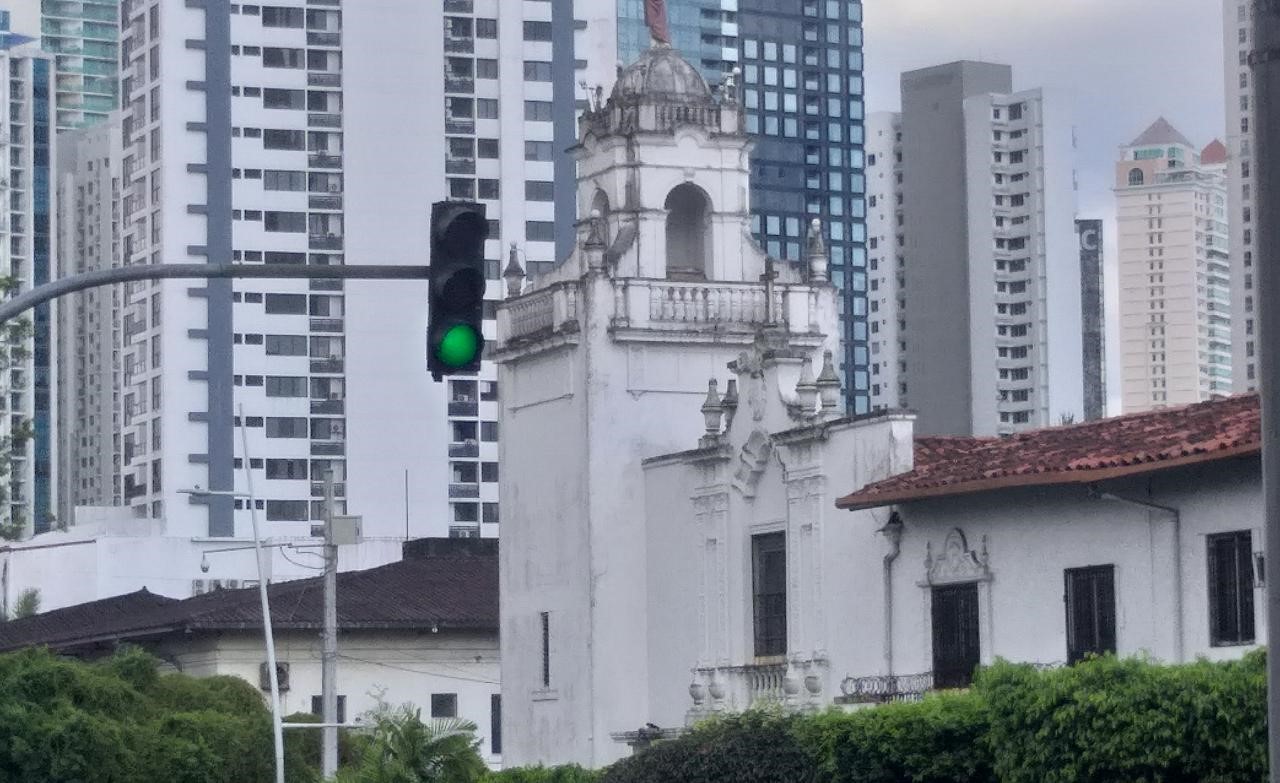Being Better Observers, to Build a Better UNDP
January 25, 2024
An object, a photo, and a conversation walk into a bar – cheesy, right? While it may sound like the beginning of a classic joke (which, incidentally, has been around for about 4,000 years) this scenario was actually part of an exercise we undertook to explore innovative approaches to development - ahem - sans bar.
Fostering sustainable development on a global scale is no small feat; to carry out this tall order, the UNDP has traditionally focused addressing specific development challenges with individual projects. However, in recent years, as we seek to build a #FutureSMART organization in the face of today’s complex challenges, there has been a growing recognition of the need to transition from project-based approaches to portfolio-based strategies.
Why? While projects typically focus on achieving specific objectives with defined timelines, budgets, and deliverables, sometimes even reinforcing siloed work rather than promote cross collaboration, the aspiration of working in portfolios is that of larger-scale and coordinated efforts that offer a holistic and systemic view of challenges that could “…trigger different types of conversations and engagement of partners.”
Where to start? For that, let’s get back to the joke - I mean, exercise.
To define and build the thematic focus of our portfolio, UNDP Panama staff looked to gain a shared understanding about issues that are most pressing in Panama. After doing a media scanning exercise that highlighted a variety of challenges, from water shortages to corruption, we wanted to see if these challenges were palpable. We decided to do something different - away from the office.

UNDP staff conducting a Jane Walk in La Exposición, Calidonia in Panama City.

Instructions of Jane Walk participants while conducting Jane Walk – take a photo, return with an object, have a conversation.
We proposed a Jane Walk. Inspired by the late urbanist Jane Jacobs, a Jane Walk is a community walking tour that aims to observe and discuss various aspects of a neighborhood or city, such as architecture, urban design, social dynamics, and local history. It is a way for people to come together, observe, and talk about their surroundings, fostering a deeper understanding of the built environment and how it relates to the life of people. What a parent perceives as a consequence of insufficient education, a financier might identify as inadequate fund management, just as an architect might recognize as a deficiency in urban planning. We may all have eyes; but we don’t see the same thing.
We set off for La Exposición, Calidonia, a vibrant lower-middle income neighborhood in Panama City that has a mix of charming urban characteristics and important historical landmarks, contrasted by decay and slow depopulation. We sent participants on a mission: bring back a photo, an object, and have a conversation. In the words of Jacobs, “While you’re looking, you might as well also listen, linger, and think about what you see.” So, we did. With the help of the local community board, we took to the streets in the midday sun, embracing the sights, smells and sounds. We walked, sweated, observed, had raspados (shaved ice), took lots of photos, and had memorable conversations with complete strangers.
As the day came to an end, participants enthusiastically shared memorable stories of encounters that surprised them, others that shocked them, and those that were, quite frankly, expected. Here are a few themes that emerged:
Social fabric and mental health: While strolling through the streets of Calidonia, participants observed numerous abandoned buildings occupied by homeless individuals. This prompted reflections on the city's social fabric and the inadequate provision of mental health services, disproportionately affecting those who need them the most. The community board noted that evening hours transform the atmosphere, amplifying a sense of insecurity, discouraging people from being outdoors—a nuance that may go unnoticed by casual visitors.

Nonexistent Dreams.
Informal labor, inclusion, and diversity: Participants observed a significant presence of informal laborers, ranging from lottery ticket and food vendors to makeshift medicinal stalls. Recognizing that informal labor represents over fifty percent of Panama's economy raised inquiries about how this workforce influences the neighborhood's character and contributes to community cohesion and economic resilience. The noticeable representation of women in this labor force prompted considerations about designing cities with inclusivity in mind, aiming to foster social equity and a sense of belonging.

Woman making raspados on the streets of Calidonia.
Cultural preservation and public spaces: Cultural preservation and the role of public spaces were prominent points of discussion among participants. They observed a stark contrast between the towering skyscrapers enveloping historical buildings, expressing concern over the unfortunate neglect that many of Calidonia's historical gems have suffered. This neglect was recognized as a potential contributor to a lack of community cohesion. Participants emphasized the importance of integrating historical and cultural elements into urban planning. Doing so could not only potentially help preserve the identity of places like Calidonia, but also fosters a sense of connection and continuity with the past. It was acknowledged that the revitalization of historical sites and thoughtful urban development can contribute significantly to the overall well-being of communities, providing spaces that evoke a shared sense of history and cultural heritage.

Panama of yesterday and today.
Environmental sustainability: Trash was a common photo taken by participants – it’s inescapable. Panama’s inadequate waste management infrastructure, lack of recycling programs and illegal dumping, to name a few problems, have contributed to broader environmental concerns. The discussion highlighted the critical need for prioritizing sustainability in urban planning. This emphasis extends beyond addressing the immediate visual impact of trash to a more comprehensive approach that considers the environmental consequences. The inadequate waste management infrastructure not only mars the aesthetic appeal of the city but also poses a substantial threat to public health.
The Jane Walk proved instrumental in initiating our portfolio process, offering a comprehensive insight into the nuances of a neighborhood—an understanding uniquely gained through firsthand exploration. It was unanimously acknowledged that viable solutions necessitate input and collaboration from the residents and users of the spaces we occupy, often originating from unexpected places. This exercise empowered UNDP Panama to deliberate on a thematic focus that addresses challenges, steering us toward a clearer vision and a transformative approach. A photo, an object and conversation have left the bar; the concept of social cohesion takes center stage.

Make way for…trash.

 Locations
Locations